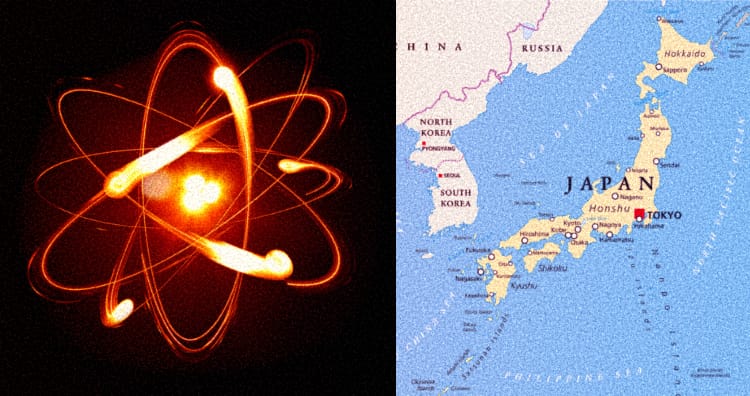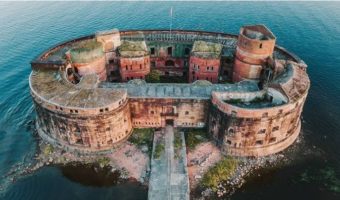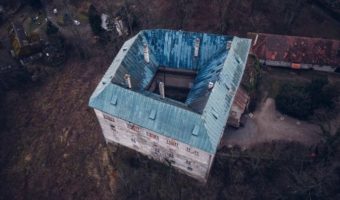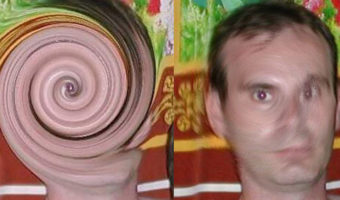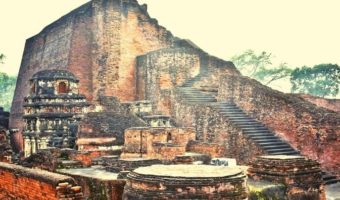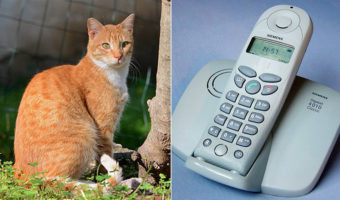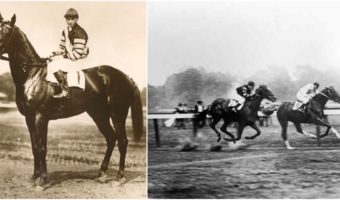Hisashi Ouchi, the Most Irradiated Man in the World and Kept Alive for 83 Days
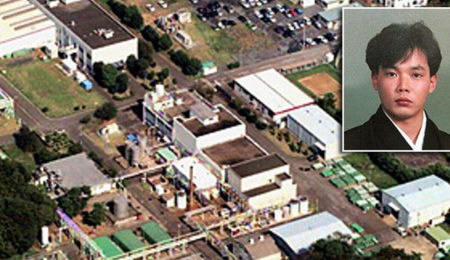
Human error and natural disasters have been two major causes of nuclear accidents worldwide. So, when demands on efficiency and speed increased at Japan’s first nuclear power plant, that resulted in human error and negligence, which led to two accidents. Unfortunately for the victims, the first was not enough to improve safety measures. The story of the second accident’s victim is more terrifying than anything anyone could imagine. Here’s more on the background of Japan’s unavoidable dependence on nuclear energy and how it led to the plight of Hisashi Ouchi, the most irradiated man in the world, who was kept alive for 83 days.
Warning: NSFW, contains graphic images!
Table of Contents
Nuclear Energy in Japan and Struggle for Energy Independence
Being an island nation with scarcely any natural resources for power generation, Japan had to rely heavily on imported crude oil, natural gas, and coal. World War II was followed by rapid industrial growth and an unprecedented demand for energy. In 1955, a small number of Japanese researchers were sent to study at the Argonne National Laboratory in the US to gain knowledge that could be used to develop nuclear power in the country.
The following year, Japan Atomic Energy Institute was created by the newly enacted Atomic Energy Basic Law with one of these researchers, Kinichi Torikai, as its president. The law confines the use of nuclear energy to only peaceful purposes. Consequently, Japan began to invest in nuclear power, with its first commercial nuclear power plant built in 1966 in the village of TÅkai in the Ibaraki Prefecture on the east coast of Japan.
Following the oil crisis in 1973, Japan began to diversify its energy sources in order to maintain energy efficiency, and it became increasingly clear nuclear power could help overcome the deficit.
To date, Japan has built 54 nuclear reactors. Before the 2011 TÅhoku earthquake and tsunami, over 30% of Japan’s power was generated by these reactors. Following that earthquake disaster, only nine reactors were left fully operational. The rest are either closed, under review, or undergoing upgrades to protect against future disasters with a goal to have at least 33 reactors reactivated by 2030.
TÅkai Nuclear Power Plant and JCO
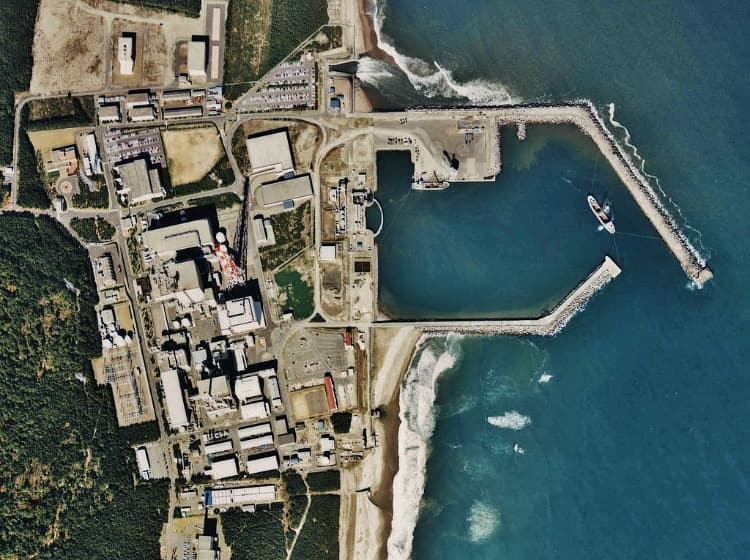
TÅkai’s first reactor, Unit 1, began operating in 1966 with the capacity to generate 166 megawatts of electricity. The second reactor, Unit 2, began operating in 1978 at 1100 megawatts capacity. With the advent of nuclear technology, several other departments and industrial buildings began to crop up around the power plant. One of them was the Japan Nuclear Fuel Conversion Co. (JCO), established in 1979. The facility was used for converting uranium hexafluoride into enriched uranium dioxide, a necessary first step for making fuel rods to be used in the power reactors.
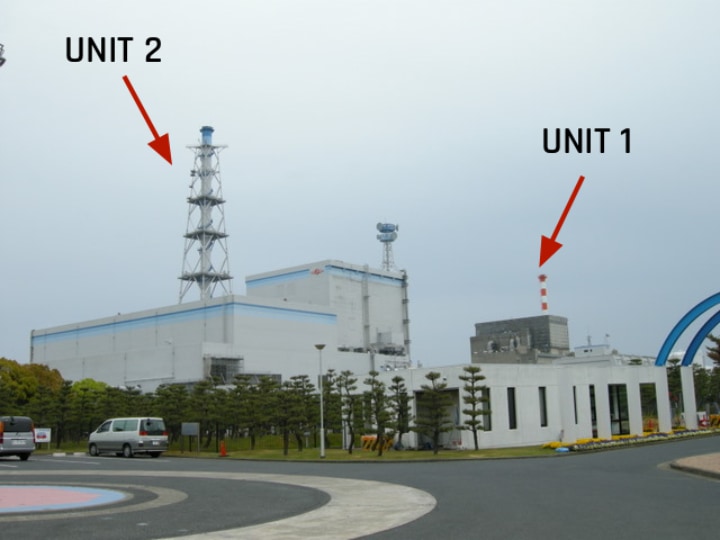
Every year, JCO processes three tons of uranium using a “wet” process. The building’s infrastructure design was based on approved standard processes and material measurements. However, sometime in 1996, the work procedure was changed to allow the dissolving of uranium dioxide in nitric acid in steel buckets rather than dissolution tanks. The required amount of mixture is supposed to then be transferred to the precipitation tank gradually via a buffer tank. A water-cooling jacket surrounds the precipitation tank to prevent critical temperatures.
In addition to that, there was a lack of regulatory oversight, and no routine inspections were done. Since it was not included in the National Plan for the Prevention of Nuclear Disasters, the plant did not install any critical alarms. With the company’s revenue decreasing and the pressure to increase efficiency, this new procedure was not submitted to the safety management division for approval as they were certain it would not be approved.
The First Accident at Tokaimura
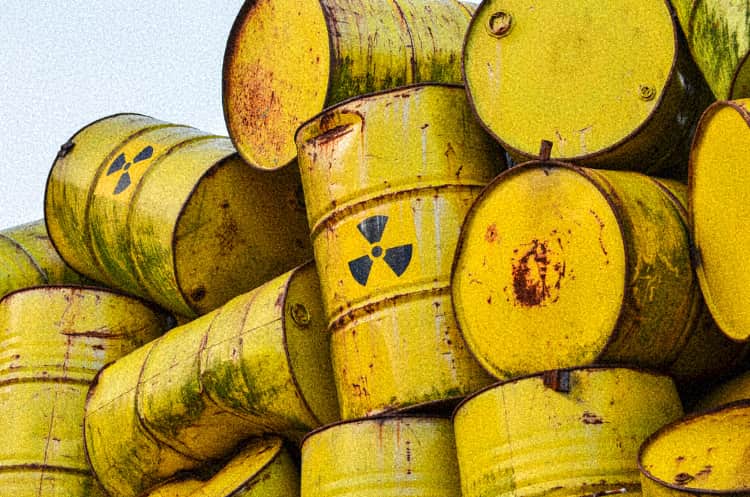
Japan’s first serious nuclear accident occurred on 11 March 1997 at Power Reactor and Nuclear Fuel Development Corporation (PNC) while processing low-level liquid waste. The waste would usually be solidified by combining molten bitumen, commonly known as asphalt, and then encased to be stored safely in a remote site. However, on that day, the workers were doing a trial mix using 20% less asphalt than usual. At 10:00 a.m., a gradual chemical reaction created flames in a fresh batch. The flames soon spread to others and were impossible to extinguish, forcing the workers to evacuate.
At 8:00 p.m., just as the workers planned to reenter the building, there was an explosion that blew out the doors and windows and blew off part of the roof. Of the workers, 37 of them were exposed to some amount of radiation. The radiation surrounding the facility increased by 200%. The PNC leadership tried to cover up the extent of damage and the lack of proper supervision. After a lot of public outcry, the facility was shut down. According to the International Nuclear Event Scale, the severity of the incident was ranked at 3, compared with Chornobyl, which was 7.
Criticality Accident on 30 September 1999
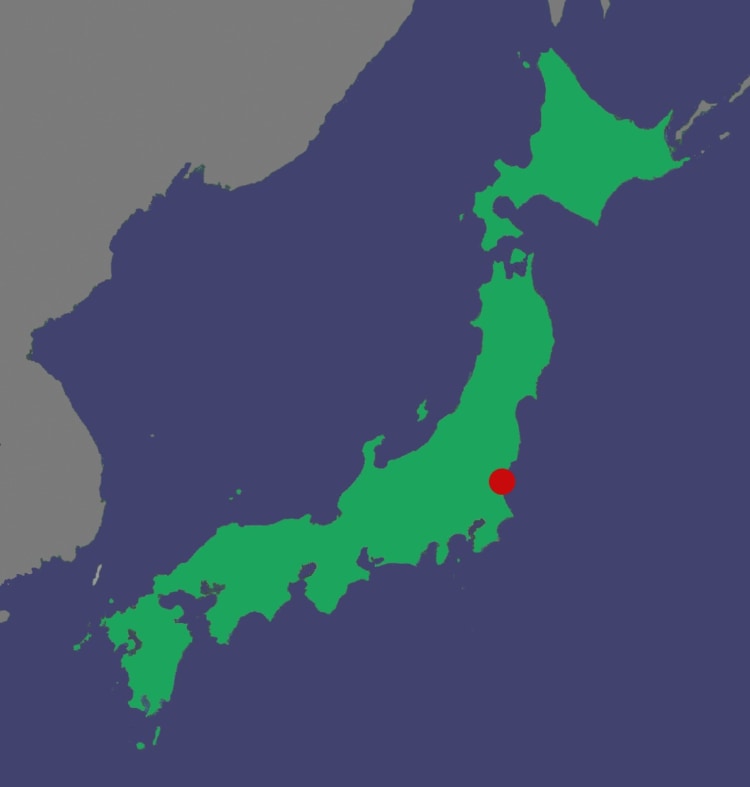
Two years later, another far more serious accident that would rate 4 on the Nuclear Event Scale occurred just four miles away from PNC. On that day, three technicians were working at the JCO preparing new uranium rods after a pause of three years for the experimental fast reactor JÅyÅ. Hisashi Ouchi and Masato Shinohara were at the tank, and Yutaka Yokokawa was supervising from a nearby room. They were unaware that the operating manual hadn’t been approved.
The uranyl nitrate solution they made was enriched up to 18.8% with uranium-235, far more than the usual 5%-enriched solution they were used to handling. According to the new procedure, they began to pour it directly into the precipitation tank. Under standard procedure, the buffer tank would automatically pump the solution in 2.4- kilogram (5.3-pound) increments into the precipitation tank. However, they did this manually, bypassing the buffer tank.
At around 10:35 a.m., the tank was filled with the solution containing 16 kilograms (35 pounds) of enriched uranium and reached criticality after they added the seventh bucket. At seven times its legal mass limit, uncontrolled nuclear fission began emitting intense gamma rays and neutron radiation. There was a blue flash caused by Cherenkov radiation, and the gamma radiation alarms rang.
Victims of the Accident
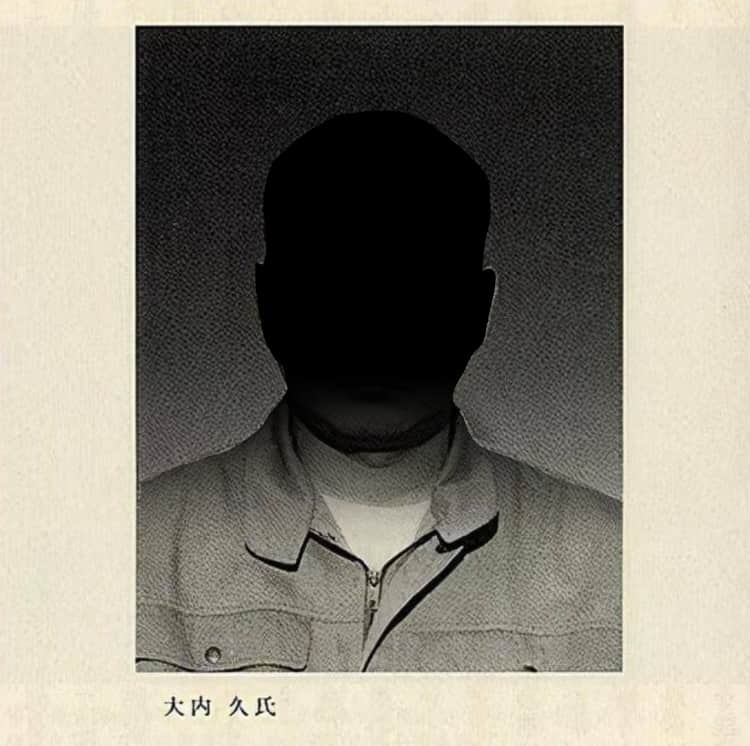
The 35-year-old Hisashi Ouchi, who had been leaning over the tank while adding the fuel, received up to 17 sieverts of penetrating radiation. Shinohara (29 years), who stood on the platform beside the tank to help Ouchi, received 10 sieverts. A lethal dose of radiation is 7 sieverts, and the maximum allowable annual dosage for Japanese nuclear workers was 50 millisieverts. Yokokawa, aged 54, who was shielded by the walls and distance, received 3 sieverts.
Both Ouchi and Shinohara experienced immediate acute radiation syndrome (ARS) symptoms such as intense pain, nausea, and breathing difficulties. After evacuating the site, Ouchi became incoherent, and his mobility deteriorated. He lost consciousness for 70 minutes, and all three men were transferred to the hospital.
More than 667 people, including other workers at the site who tried to help, first responders, and residents of surrounding households, were exposed to between 5 to 48 millisieverts of radiation following the accident.
Aftermath and Evacuation
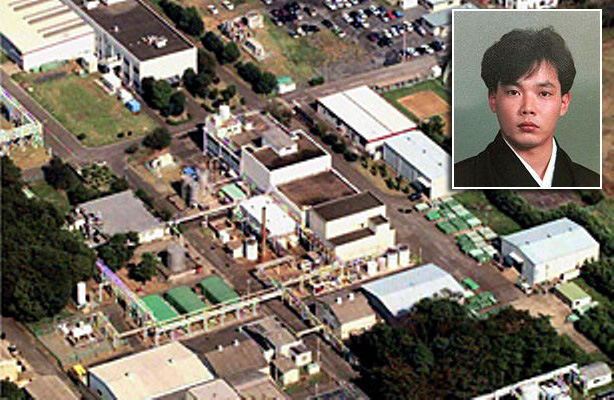
Five hours after the accident, everyone within a 350-meter radius, including all the plant workers and around 161 residents from the surrounding 39 households, were evacuated. The remaining 300,000 residents of Tokai were told to stay indoors until the next afternoon. They were told to halt agricultural production and not drink water from their wells.
The following morning, the workers replaced the water in the precipitation tank’s cooling jacket with a boric acid solution. Water reflects neutrons, but boron is capable of absorbing neutrons, and the replacement helped bring down the chain reaction to subcritical levels.
In the following days, over 10,000 medical checkups were done on both workers and residents. The Science and Technology Agency (STA) and Ibaraki Prefecture monitored gamma radiation levels in the soil, vegetation, food, and water. Only the areas surrounding the plant had low levels of radiation, but the rest were found to be safe. In two days, the restrictions on citizens were lifted.
Effects of Severe Exposure on Hisashi Ouchi’s Body
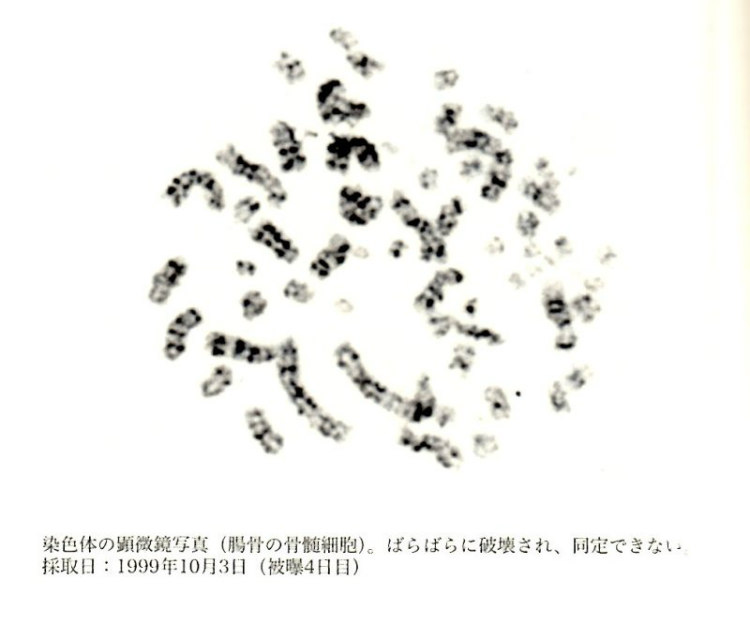
Ouchi was initially taken to the National Institute of Radiological Sciences (NIRS) in Chiba. His body was exposed to so much radiation that it was thought to be equivalent to being at the center of the Hiroshima atomic bombing. It left his body’s immune system completely destroyed, and his white blood cell count plummeted to almost zero. His internal organs were severely damaged, and most of his body received severe radiation burns.
The onslaught of Surgeries and Transplants
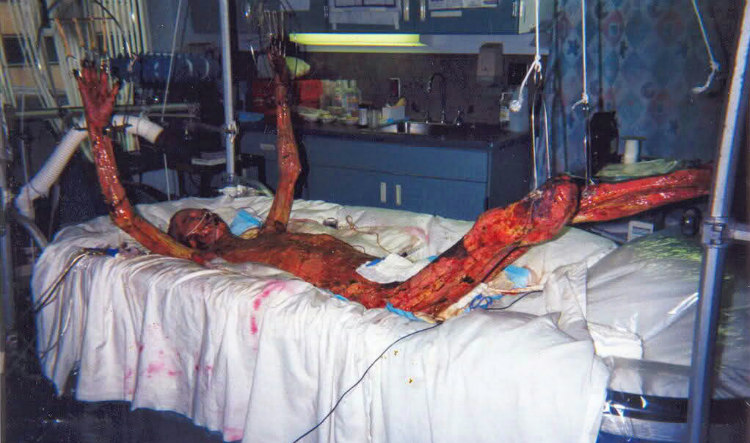
As he began to get worse, Ouchi was transferred to the University of Tokyo Hospital. He had to be kept in a special radiation ward to prevent infections because his severely compromised immune system made his body vulnerable to harmful microorganisms in the hospital.
On October 6 and 7, the doctors tried to improve his immune system by performing the world’s first peripheral blood stem-cell transplantation with his sister as the donor. However, the new cells mutated because of the residual radiation in his body, which triggered his immune system, causing his condition to worsen. Soon, his white blood cell count began to again drop dangerously low.
Even though he received several cultured skin grafts, he kept losing body fluids. To stop any further deterioration of his condition, the doctors constantly treated him with broad-spectrum antibiotics for infections and painkillers to make things bearable for him. They also administered a granulocyte colony-stimulating factor to increase the production of stem cells and white blood cells in his bone marrow.
In order to keep him alive, the doctors provided his body with blood and fluids every day. With the government treating it as a high-priority case, they treated him with medicine that wasn’t available in Japan at the time, but to no avail.
Heart Failure, Multiple Resuscitations, and Death
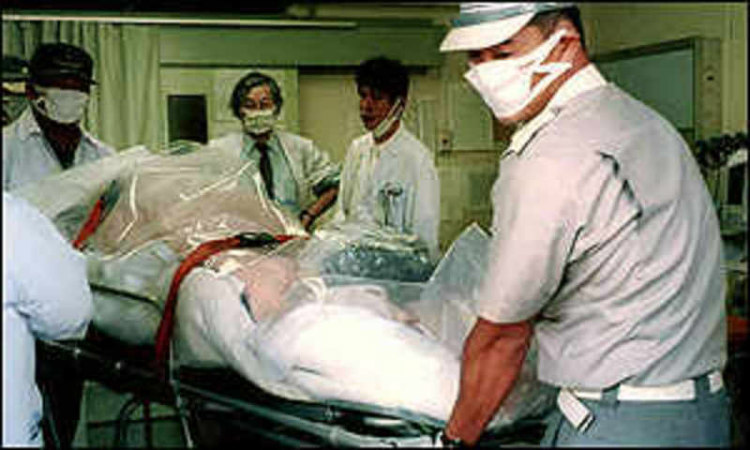
According to the book A Slow Death: 83 Days of Radiation Sickness by NHK (Japan Broadcasting Corporation), after a week into the treatment, he said, “I can’t take it anymore. … I am not a guinea pig.” On November 27, his heart failed for more than an hour. The doctors managed to revive him, and various drugs were used to treat his unstable blood pressure caused by septicemia.
Even though it was clear that treating the damage caused to Ouchi’s body was an impossibility, at the request of his family, the doctors kept reviving him, again and again, every time his heart stopped. In the end, the family decided not to resuscitate him should it happen again.
On December 21, after 83 days of torturous ordeal, multiple organs in Ouchi’s body began to fail, followed by cardiac arrest. This time, the doctors did not interfere with what was an inevitability. His body was returned to Kanasago accompanied by his wife and was attended by several senior JCO officials.
The Fate of Shinohara and Yokokawa
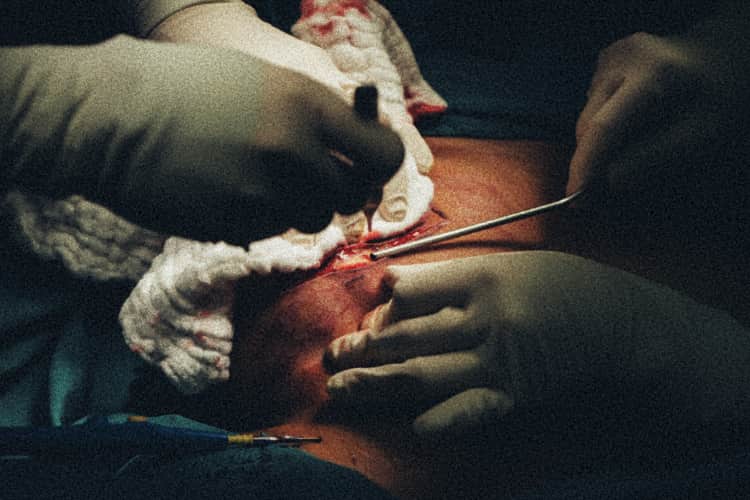
Shinohara lasted four months longer than Hisashi Ouchi. He underwent radical cancer treatment as well as many skin grafts, which were successful, unlike in Ouchi’s case. He was also given many blood transfusions to improve his stem cell count from congealed umbilical cord blood. However, his body could not fight the infections and internal bleeding caused by radiation damage. He died on April 27 due to kidney and lung failure. Yokokawa, their supervisor, received treatment for radiation at NIRS and was released after three months with minor radiation sickness.
Compensation, Lawsuits, and Safety Measures
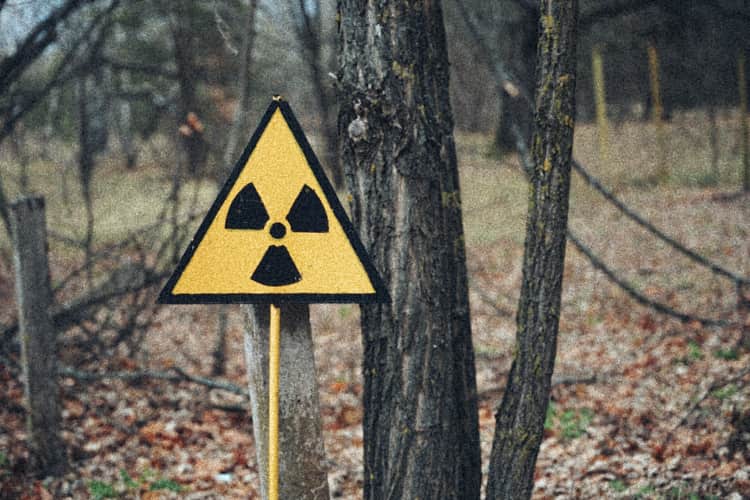
In 2000, over 7,000 compensation claims were settled, and JCO agreed to pay $121 million to those whose agricultural services and other businesses were affected by radiation. The company’s credentials were withdrawn. Everyone who had to evacuate within the 350-meter radius of the facility was compensated on the condition that they would not sue the company later. The ensuing lawsuit saw the president resigning and pleading guilty on behalf of the company. For failing to train technicians and bypassing safety procedures, six other officials, including Yokokawa, were charged with professional negligence.
That year also marked the beginning of Japan’s atomic and nuclear commissions’ regular quarterly inspection of facilities and the conduct of workers and supervisors. Special laws were made to ensure operational safety, extensive safety education, and quality assurance of all nuclear facilities. To prevent further accidents, complying with emergency preparedness procedures, international safety guidelines, and safe disposal of nuclear waste was made mandatory.
In light of Japan’s nuclear challenges, it’s crucial to recognize similar incidents worldwide that highlight the risks and lessons in nuclear energy.
1 Chernobyl Disaster (1986, Ukraine)

The Chernobyl disaster, occurring on April 26, 1986, stands as the most catastrophic nuclear accident in history. Initiated by a flawed reactor design and operational errors during a test, it led to an explosion and fire at Ukraine’s Chernobyl Nuclear Power Plant. This disaster released massive amounts of radioactive materials, significantly impacting health, the environment, and leading to widespread evacuation and cleanup efforts. The incident underscored the crucial need for stringent safety protocols and international cooperation in nuclear energy management​​.
2 Three Mile Island Accident (1979, United States)
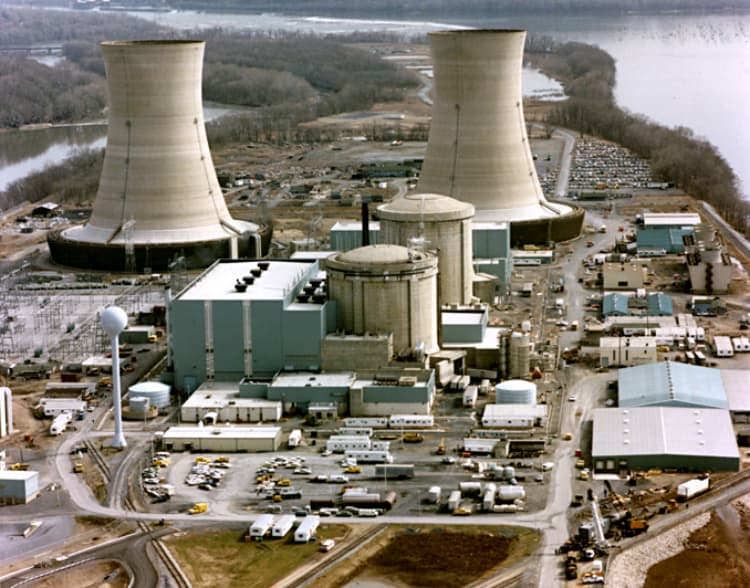
The Three Mile Island accident, occurring on March 28, 1979, in Pennsylvania, was the worst in U.S. commercial nuclear power plant history. It involved a partial meltdown of the Unit 2 reactor but resulted in no detectable health effects on plant workers or the public. The incident led to significant changes in nuclear power industry regulations and operations, highlighting the importance of safety protocols and emergency response planning​​.














